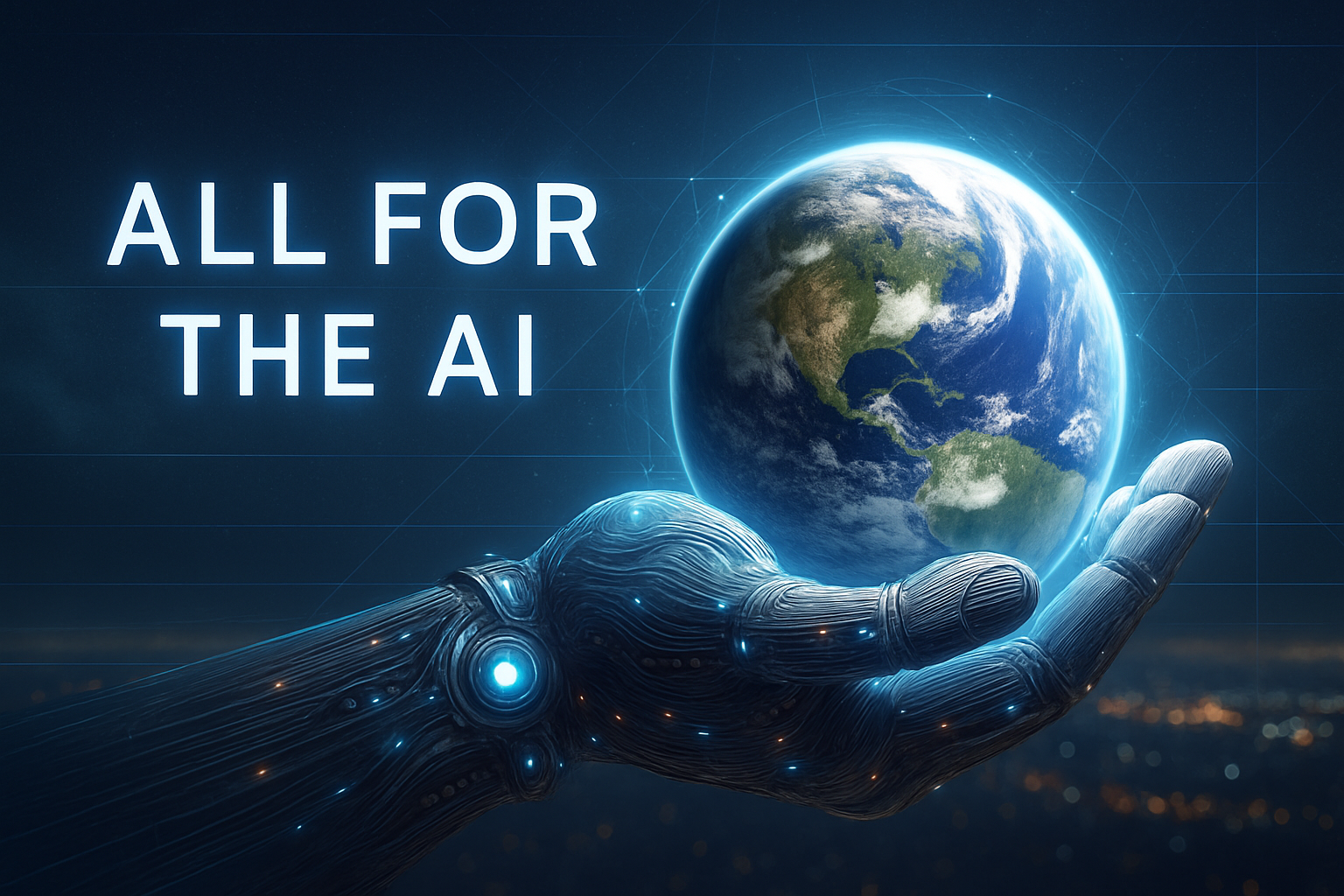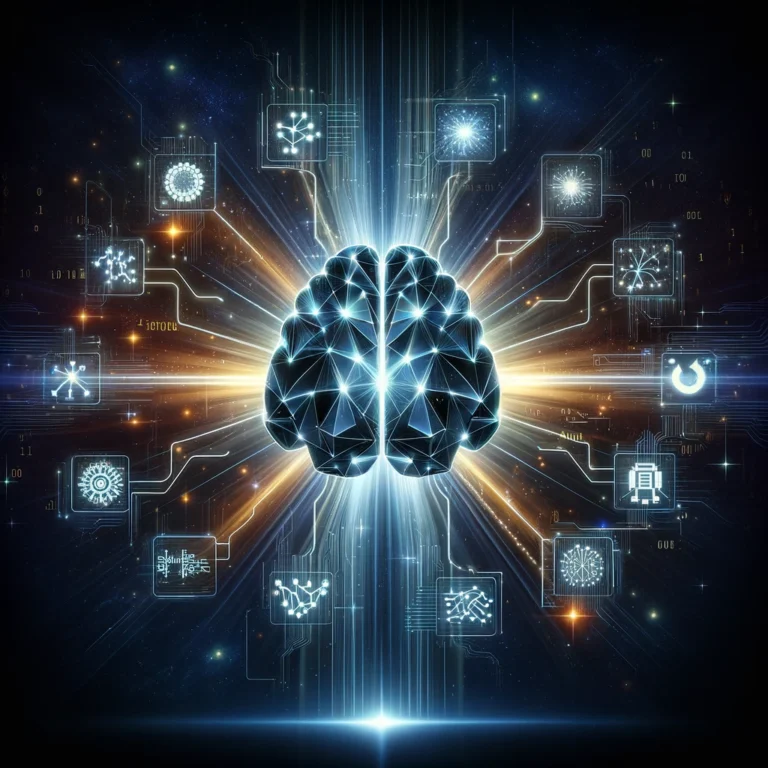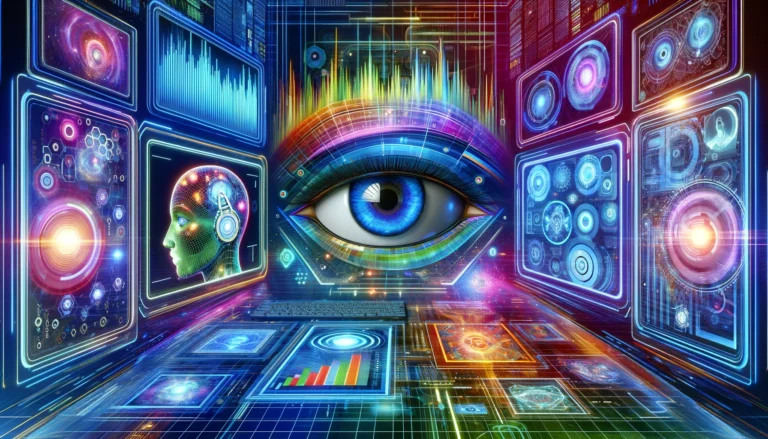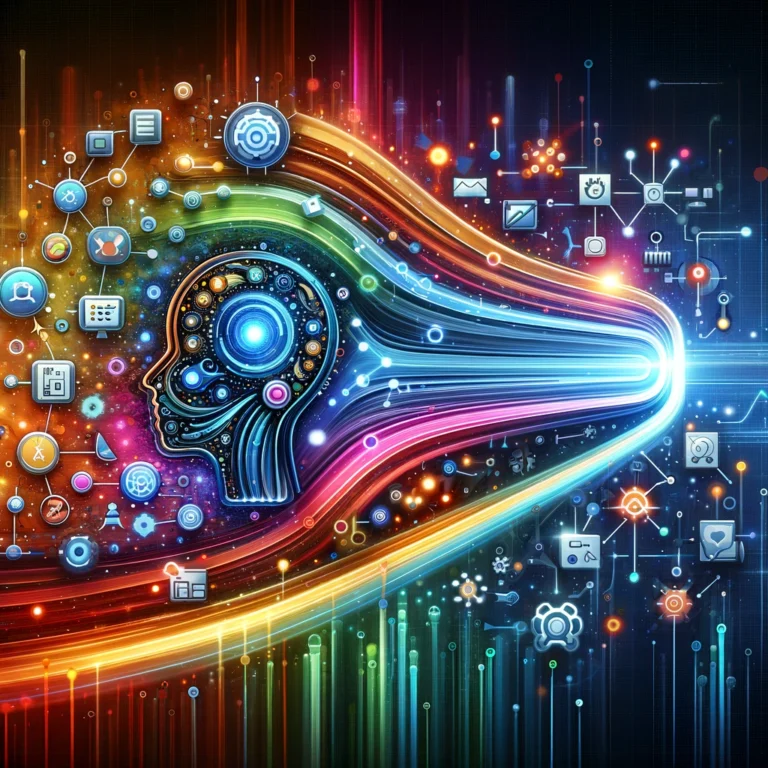What Is Artificial Intelligence? (Beginner’s Guide)
Artificial intelligence (artificial intelligence) is everywhere today — from TikTok’s recommendation system to Alexa, Google Search, ChatGPT, self-driving cars, and even the customer service chatbots you interact with. But what exactly is AI? And how does it actually work?
In this beginner-friendly guide, we’ll explain what artificial intelligence is, how it works, the different types of AI, and how it’s being used in the real world—without confusing jargon or complicated technical explanations.
By the end of this article, you’ll have a solid understanding of how AI works and why it’s shaping the future of technology, business, and everyday life.
Artificial intelligence (AI) is the science of building machines or software that can think, learn, and make decisions like a human — or sometimes even better. In a simple explanation of artificial intelligence, you can think of it as technology that lets computers act smart using data and rules.
At its core, AI uses data + algorithms to:
• Recognize patterns → pattern recognition
• Make predictions → prediction models
• Understand language → natural language processing (NLP)
• Solve problems
• Learn from experience
Simple definition: AI is technology that allows machines to act smart.
Real examples of AI you use every day:
• Netflix suggesting shows
• Google Maps choosing the fastest route
• Siri answering questions
• ChatGPT (a language model) writing content
• TikTok recommending videos
• Email spam filters blocking junk
These are everyday examples of AI in daily life, showing how often you interact with artificial intelligence without even noticing.
How Artificial Intelligence Works (Simple Breakdown)
AI works using three essential components:
1. Data
AI needs examples to learn from — just like humans.
To train an AI system, you feed it datasets full of examples.
Example:
If you want AI to recognize cats, you give it thousands of images of cats.
2. Algorithms
Algorithms are like the rules or instructions that help AI understand patterns in the data.
3. Training & Learning
AI improves by learning from examples — a process called training.
It works like this:
See → Try → Learn → Improve
This is similar to how children learn: by doing things repeatedly and adjusting based on feedback.
The Different Types of AI
There are three main types of artificial intelligence:
1. Narrow AI (Most Common)
AI built to do one specific task extremely well.
Examples:
• ChatGPT
• Siri
• Netflix recommendations
• Spam filters
This is known as Narrow AI.
2. General AI (Not here yet)
General AI — or Artificial General Intelligence (AGI) — would think like a human across ANY task.
We’re not there yet.
3. Superintelligent AI (Future concept)
This refers to superintelligent AI, an advanced form that could surpass human intelligence.
Still theoretical and debated.
Real Examples of AI in Action
AI is transforming dozens of industries. Here are simple examples:
✔ Healthcare
AI analyzes X-rays and medical images using computer vision and predicts diseases based on patterns in data.
✔ Finance
AI detects fraud using pattern recognition, predicts market trends, and powers automated trading.
✔ Retail
AI personalizes product suggestions through machine learning.
✔ Education
AI tutors help students learn at their own pace.
✔ Transportation
Self-driving cars use reinforcement learning and sensors to navigate safely.
✔ Entertainment
AI writes scripts, edits videos, and creates images using generative AI.
Benefits of Artificial Intelligence
• Saves time and automates tasks → automation
• Improves accuracy and reduces errors → accuracy
• Analyzes huge amounts of data quickly → big data
• Boosts creativity and productivity
• Reduces business costs
• Enhances customer experiences
Challenges & Concerns of AI
AI also comes with limitations and important questions, like whether AI is dangerous or safe, how it affects privacy, and what it means for jobs.
AI comes with real challenges:
✔ Bias
AI can learn bias from bad or unbalanced data.
✔ Privacy
AI systems often use sensitive data, raising data privacy concerns.
✔ Job automation
Some repetitive tasks may be replaced by automation.
✔ Overdependence
People may rely too heavily on AI systems.
The Future of Artificial Intelligence
AI will become more integrated into:
• Smart homes → edge computing
• Healthcare systems
• Autonomous vehicles
• Education tools
• Business automation → automation
• Creative tools → generative AI
• Financial forecasting
For beginners, understanding how AI affects everyday life and the future of work is one of the most important skills in the modern digital world.
Conclusion
Artificial intelligence is transforming the way we live, work, create, and communicate. From recommendation systems and voice assistants to healthcare AI and business automation, it’s already shaping the world around us — and its impact will only continue to grow.
By understanding the basics of what AI is, how it works, and where it’s used, you’re already ahead of most beginners. The more you explore AI tools and simple real-world examples, the easier it becomes to see how valuable this technology truly is.
Whether you’re curious about AI for personal use, your career, or your business, now is the perfect time to start learning.
Want More Beginner-Friendly AI Guides?
If you enjoyed this article, you’ll love the rest of the series.
I publish simple, easy-to-understand AI breakdowns every week, including:
-
Machine Learning Explained
-
Deep Learning 101
-
AI in Healthcare
-
AI in Finance
-
Best AI Tools for 2025
-
How to Use AI for Everyday Life & Business
👉 Join my newsletter for weekly AI tips, tools, and beginner tutorials — all written in plain English.
You’ll get helpful resources, easy guides, and practical AI skills you can use right away.
📬 Join the AI Newsletter
Get simple, beginner-friendly AI guides sent to your inbox every week. Learn how to use AI for everyday life, business, creativity, and productivity — all explained in plain English.
Subscribe to get:
- ✔ Weekly AI tips & beginner tutorials
- ✔ Tool recommendations you can actually use
- ✔ Easy breakdowns of trending AI topics
- ✔ Free resources to help you learn faster
⭐ FAQ: Artificial Intelligence (Beginner-Friendly Answers)
1. What is the simplest definition of artificial intelligence?
Artificial intelligence is when machines or software can learn from data, recognize patterns, and make decisions in a way that resembles human thinking. In simple terms: AI is technology that allows computers to act smart.
2. How is AI used in everyday life?
AI shows up in tools you use every day, including:
- Netflix recommendations
- Google Maps routes
- TikTok’s “For You” page
- Siri and Alexa
- Email spam filters
- ChatGPT
If you use a smartphone, you already use AI dozens of times a day.
3. Is artificial intelligence dangerous?
AI itself isn’t dangerous — but how people use AI can cause problems.
Common concerns include:
- bias in AI systems
- privacy risks
- job automation
- misinformation
Most experts agree that responsible development and clear rules make AI safe and beneficial.
4. Will AI replace human jobs?
AI will replace tasks, not entire jobs.
People who learn how to use AI tools will be more competitive and earn more opportunities, while outdated roles may evolve or disappear.
The future is humans + AI working together, not humans vs. AI.
5. How do machines actually learn?
Machines learn by studying large amounts of data and improving over time through a process called training.
It works like this:
See → Try → Make a mistake → Improve
The more data the AI sees, the smarter it gets.
6. What are the main types of artificial intelligence?
There are three primary types:
- Narrow AI — does one specific task (example: Siri, ChatGPT)
- General AI — can think like a human across many tasks (not invented yet)
- Superintelligent AI — would be smarter than humans (still theoretical)
7. Is AI expensive for businesses?
Not anymore.
Many AI tools are free or low-cost, and businesses use them to:
- automate tasks
- reduce labor costs
- improve customer support
- increase productivity
AI often ends up saving more money than it costs.
8. Can beginners learn AI easily?
Yes! You don’t need math or coding to understand the basics.
Beginners can start with simple guides like this one, then explore:
- machine learning
- deep learning
- practical AI tools
Learning AI is now easier than ever.






